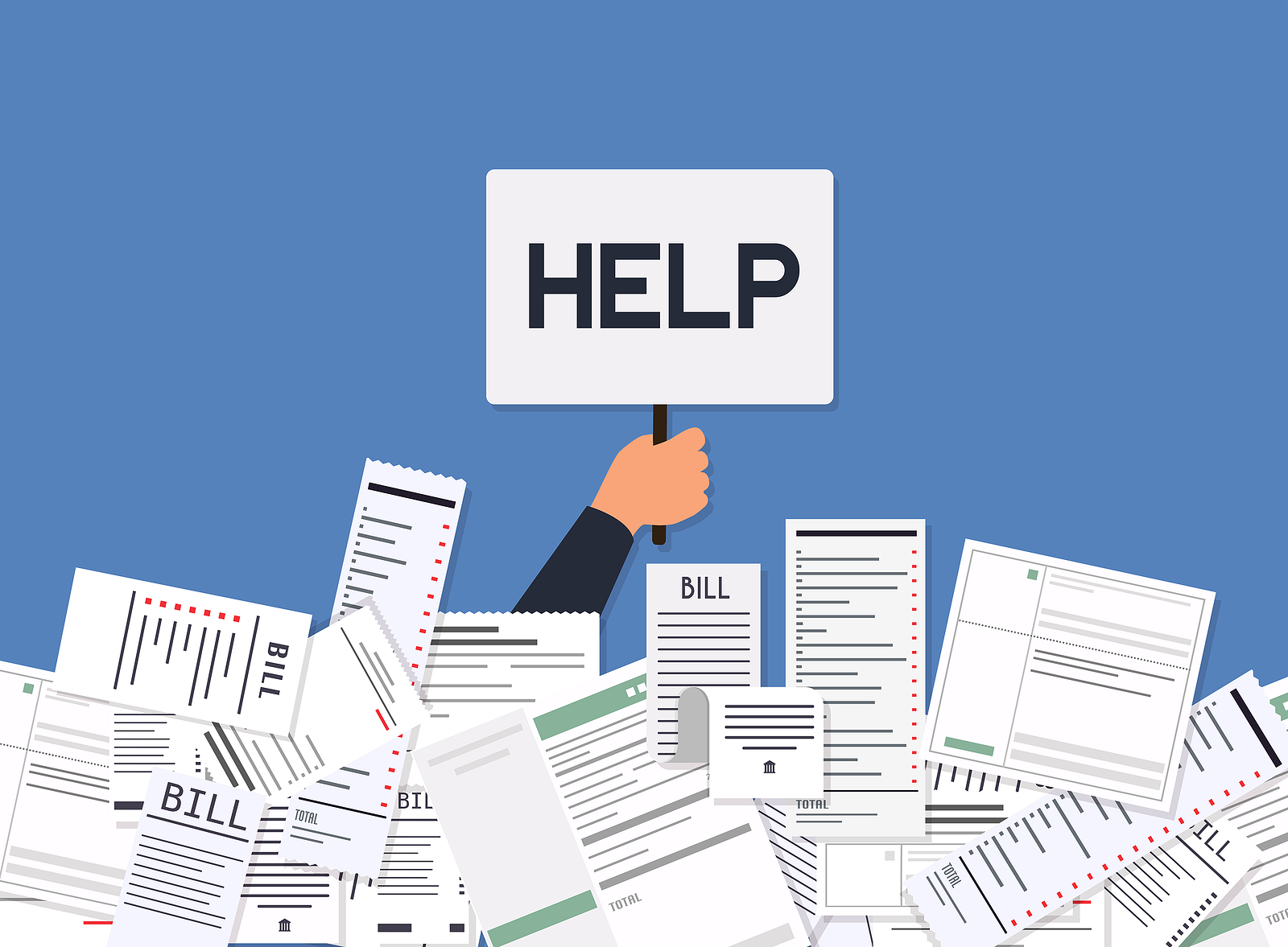
Finding The Best Debt Relief in Canada
 Debt is a problem that many Canadians face, and finding a solution can sometimes feel overwhelming. However, there are options available to help individuals manage their debts and regain control of their finances. One such option is debt relief, which is a program designed to assist people in reducing and eliminating their debt. Debt relief Canada aims to provide relief to those burdened by debt by offering various strategies and resources.
Debt is a problem that many Canadians face, and finding a solution can sometimes feel overwhelming. However, there are options available to help individuals manage their debts and regain control of their finances. One such option is debt relief, which is a program designed to assist people in reducing and eliminating their debt. Debt relief Canada aims to provide relief to those burdened by debt by offering various strategies and resources.
Debt relief in Canada can take several forms, including debt consolidation, debt settlement, and consumer proposals. Debt consolidation involves combining multiple debts into one manageable loan, usually with a lower interest rate. This helps simplify payments and reduces the overall interest paid over time, making it easier to pay off the debt gradually.
Another approach to debt relief is debt settlement, which involves negotiating with creditors to reduce the total amount owed. This can be a valuable option for individuals who are struggling with high-interest debts and unable to make regular payments. By negotiating a lower amount, debt settlement can provide a chance to repay the debt and become debt-free sooner.
Consumer proposals are a formal legally binding agreement between an individual and their creditors. It allows the person to pay off a portion of their debts over a specific period and can result in the remaining debts being forgiven. However, it is important to note that consumer proposals have legal implications and require the assistance of a licensed insolvency trustee.
When considering debt relief, it is crucial to seek advice from professionals such as licensed insolvency trustees or credit counsellors. These experts can evaluate personal financial situations and provide guidance on the best debt relief solution. They can also educate individuals on budgeting, money management, and debt repayment strategies to ensure long-term financial stability.
It is important to understand that debt relief does not magically erase debts. Instead, it provides a structured plan to help individuals eliminate their debts systematically. It requires commitment, discipline, and consistency to be successful. It is crucial to stick to the agreed-upon financial plan and avoid incurring new debts during the debt relief process.
Furthermore, debt relief does have some potential drawbacks. For example, debt consolidation may result in increased overall interest if the consolidation loan has a longer term. Debt settlement can impact credit scores and may have tax implications if the reduced amount is considered taxable income. Consumer proposals can also affect credit ratings during the repayment period.
However, despite these potential drawbacks, debt relief is a viable option for many individuals struggling with debt. It offers the opportunity to regain control over finances, reduce stress, and work towards a debt-free future. By exploring debt relief options and seeking professional advice, Canadians can tackle their debts responsibly and improve their financial well-being.
In conclusion, debt relief Canada provides various strategies and resources to help individuals manage and eliminate their debts. Options such as debt consolidation, debt settlement, and consumer proposals offer different pathways to debt freedom. Seeking advice from licensed professionals is crucial in guiding individuals and ensuring the most suitable debt relief solution is chosen. Although debt relief requires commitment and may have some drawbacks, it provides the opportunity to regain control over finances and work towards a debt-free future. By taking proactive steps and being responsible with money, Canadians can overcome their debts and achieve financial stability.